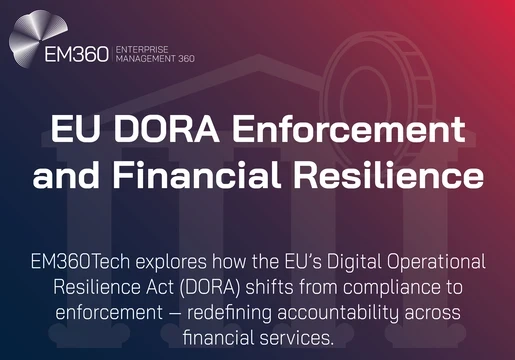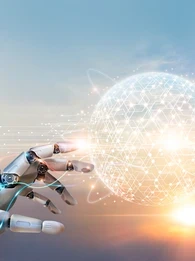
Google’s new Titans AI is set to redefine the scope of what artificial intelligence can do with its revolutionary long term memory.
Titans' long-term memory, surprise-based learning, and quick adaptation to dynamic environments could revolutionize everything from supply chain management to financial forecasting, empowering enterprises to make smarter decisions, faster.
What is Google's Titans AI?
Google's Titans AI is a new family of neural network architectures that aims to improve upon the current leading architecture, the Transformer.
Titans addresses some of the current existing limitations of Transformers, particularly in handling long-term dependencies and vast amounts of information.
Though transformers can be amazing at processing information within a certain window they struggle to remember things from earlier in the input sequence. For humans this would be like trying to understand a book by only looking at a few contextless sentences at a time.
Long term memory
Titans differ from this as they incorporate a new, separate module for ‘neural long-term memory’. This allows the AI to access information for earlier in the input and even from previous relevant interactions.
This longer term memory isn't a static data storage base, its an active component that learns to identify and store the most important information for later use. This is similar to how the human brain prioritizes significant memories.
Surprise based learning system
Another key new mechanic of Titans is the surprise-based learning system. Transformers currently use "attention" to focus on the most relevant parts of the input. But Titans will take this further by incorporating the "surprise-based learning system."
This means the AI is more likely to remember things that are unexpected or deviate from the norm. This operates similarly to humans typically have stronger memories of surprising or emotional events.
By focusing on the most important information, Titans are able to learn more efficiently, ultimately leading to more accurate predictions.
Meta In-Context Learning
Titans are able to learn and adapt even after they've been deployed. New information can be used to adjust their memory in real-time, based on the ongoing and evolving context.
This makes the models more flexible to handle new situations without needing to be trained from scratch. This makes them better suited to more dynamic, real world environments.
What are AI Transformers?
AI transformers are a form of neural network architecture. The term was first coined by team of Google researchers who published the groundbreaking paper "Attention Is All You Need" in 2017.
This paper introduced the Transformer model, which has since become the foundation for many state-of-the-art natural language processing systems
Read: What is a Large Language Model?
Transformer architectures rely on self-attention mechanisms that allow it to capture relationships between words regardless of their positions in the input sequence.
Transformer architectures don't consider the order of words in a sequence so positional encodings are needed to provide information about the position of each token in the sequence, enabling the model to understand the sequential structure of the text.














Comments ( 0 )